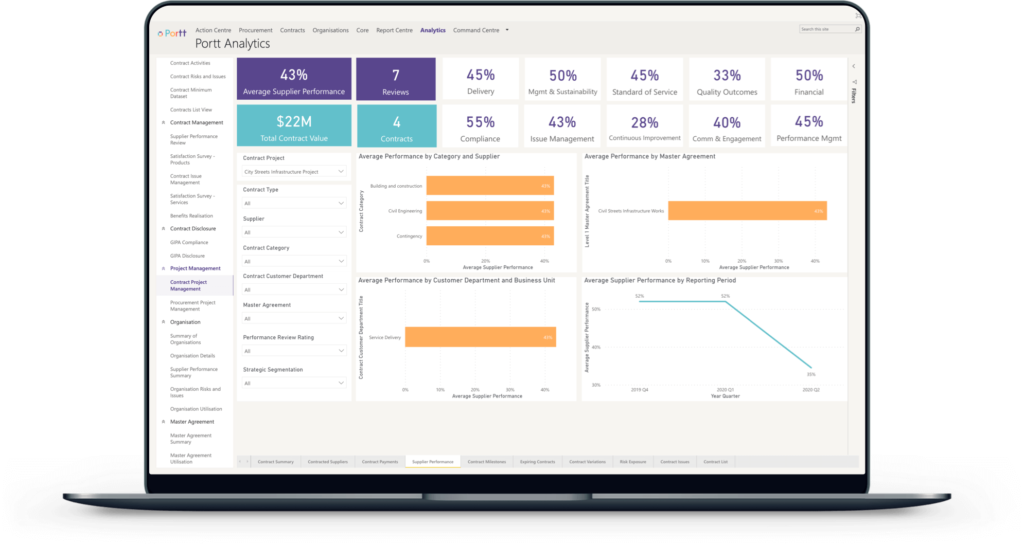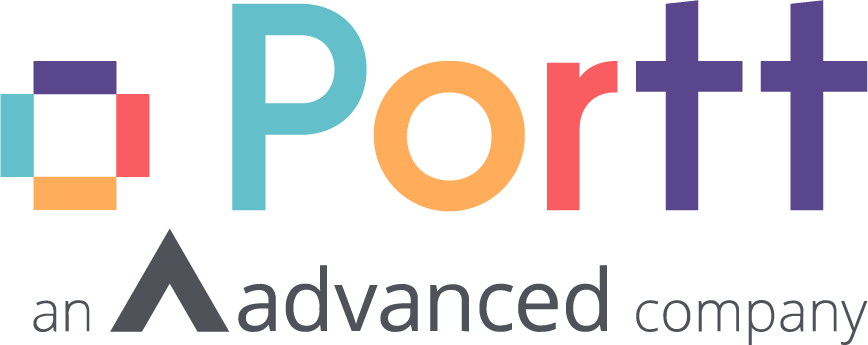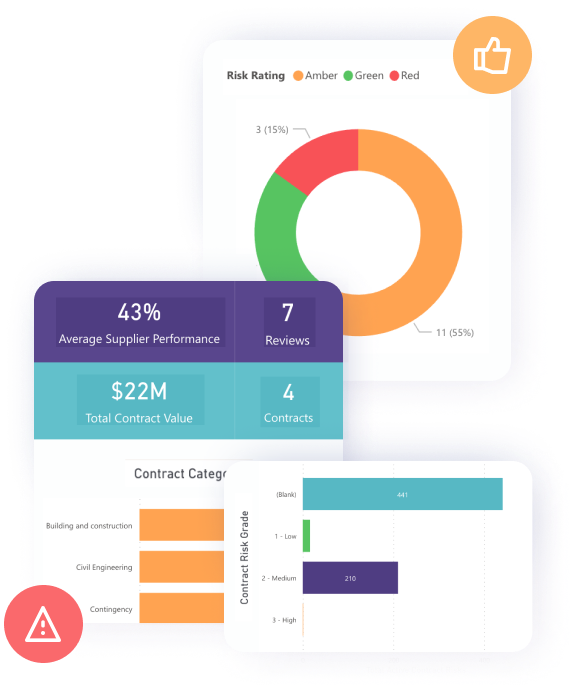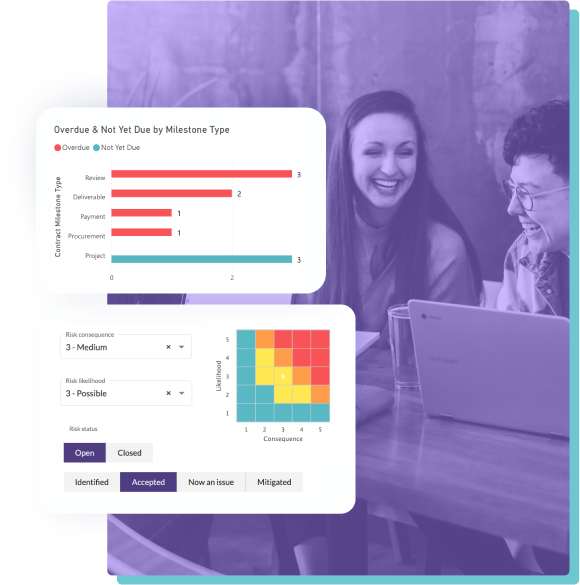A Comprehensive Guide to Supplier Lifecycle Management

As modern organisations become more complex, so do their supplier networks. Nowadays it’s not uncommon for even medium-sized businesses to oversee thousands of individual vendors situated all over the globe. Managing these suppliers to ensure the compliant, timely delivery of goods and services across their lifecycle is a vital component of business efficiency, but it’s not an easy task.
Here’s a comprehensive guide to supplier lifecycle management, complete with everything you need to know in order to secure better vendor and business performance.






